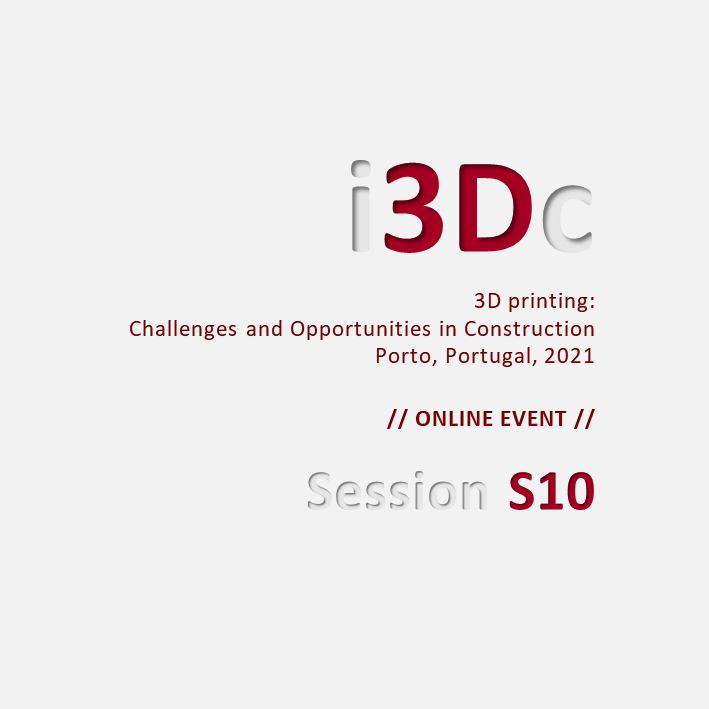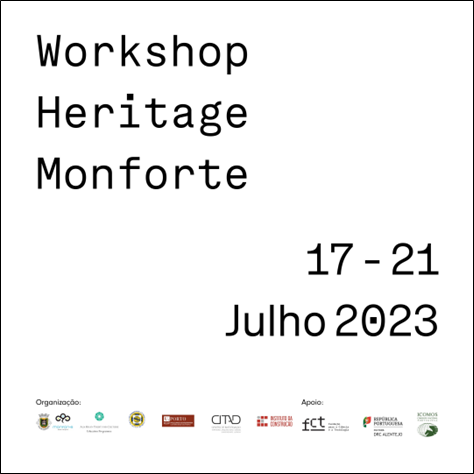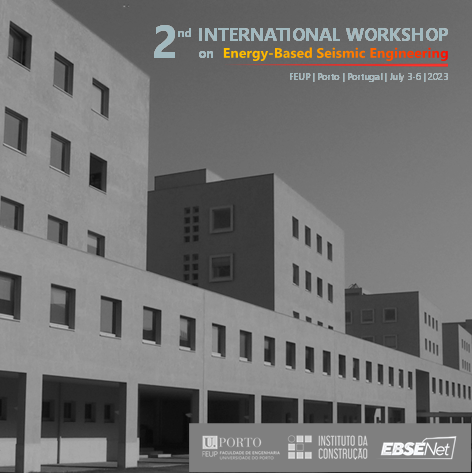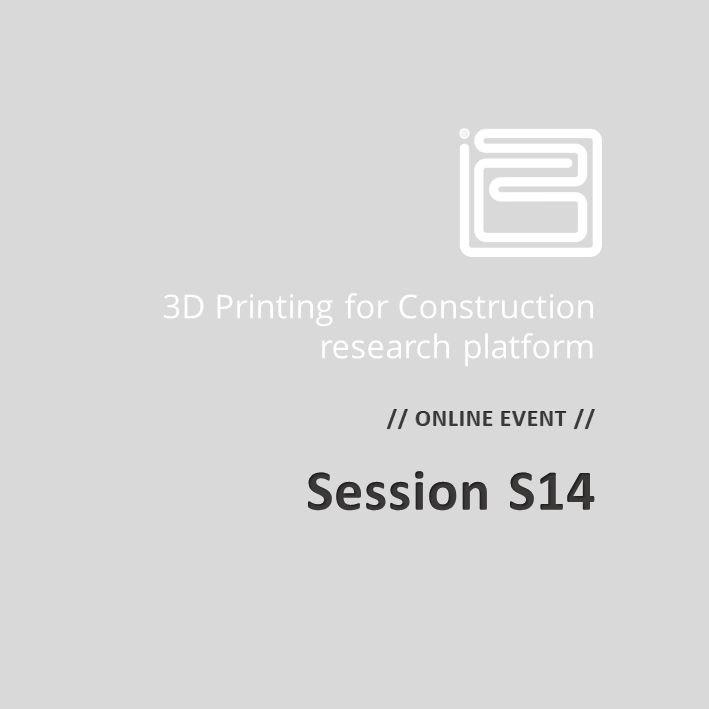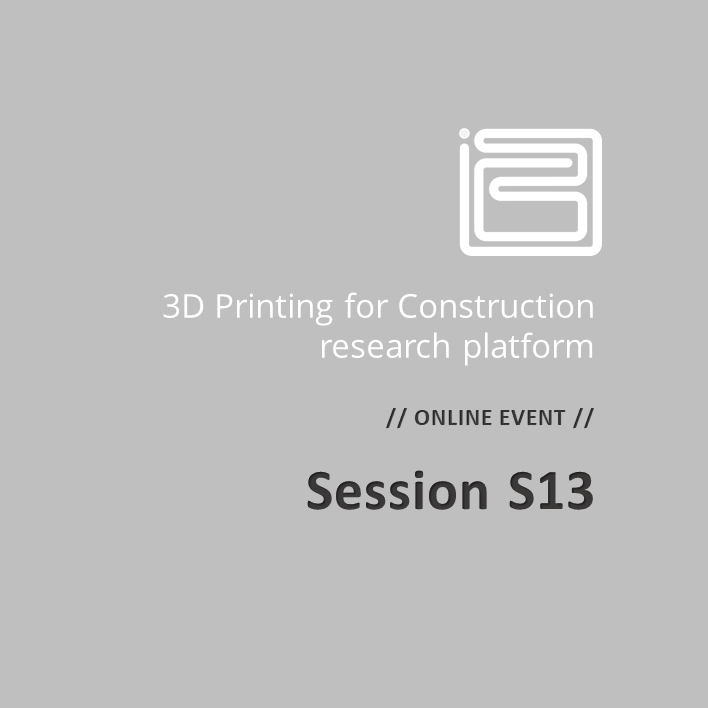i3Dc – Session S10
WorkshopKnow your building: the non-intrusive part of structural inspection
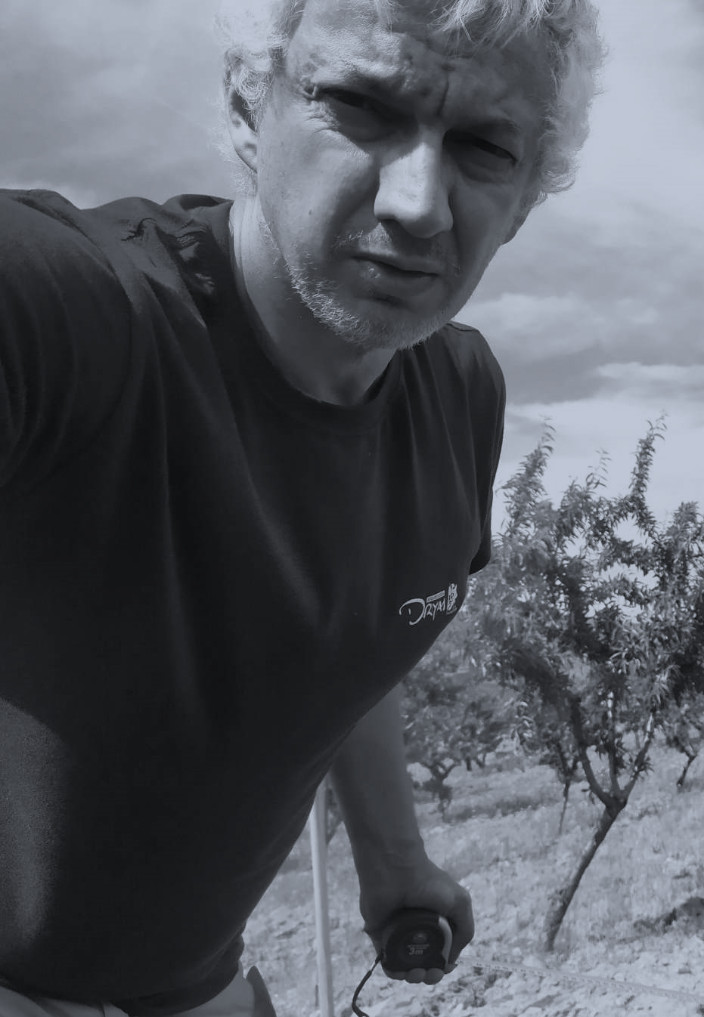
Miguel Gomes de Almeida
Morph
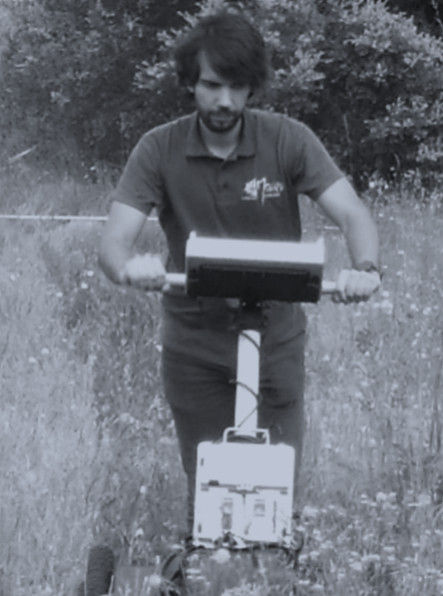
André Ferreira
Morph
Abstract: The acceleration of human impact on the planet since the 1950s has led to a substantial growth of Civil Engineering, aimed at solving the needs of progressively more ambitious and complex projects. The volume of problems presented to civil engineers is now further magnified by the progressive decay of many of the concrete structures built during the 20th century, and whose life span approaches critical stages. Under these conditions, the response of Civil Engineeres should be accompanied by paralell inspections able to retrieve critical information from the buildings and areas that are to be intervened.
The current development of remote sensing and non-intrusive inspection technologies responds directly to this challenge, multiplying the methods and techniques of underground surveying, structural inspection, and recurrent physical and geometric monitoring. There are a vast number of novel non-intrusive inspection technologies (georadar, seismic surveys, electrical methods, geomagnetic, thermography, laserscanning, photogrammetry, …), that allow to investigate different physical parameters and answer relevant questions for each specific case-study.
The potential of these new technologies will depend on:
– the development of integrated inspections protocols that couple non-intrusive methods with destructive tests and Reverse Engineering projects,
– the dissemination of technical information on these methods amongst land planners, architects, and civil engineers. These objectives are fundamental aspects towards more knowledge-based construction and rehabilitation projects.
Miguel Gomes de Almeida
Short Bio: Specialized in Archeology, Prehistory and Anthropology, Miguel Ameida has a multidisciplinary academic background, revealing his constant search for multiple perspectives and innovative solutions.
He created the Octogroup, a group of Cultural and Creative Industries (CCI’s) that provide scientific consultancy services in the fields of Geosciences, Archaeosciences and Reverse Engineering, particularly in projects of Cultural, Historical, and Archaeological Heritage.
Author of a long list of international and multidisciplinary scientific works, he explores new areas of knowledge with ground-breaking multidisciplinary approaches. His methodological and applied research stands out, introducing the use of new technologies in Culutral Heritage projects. Miguel Almeida’s commitment to scientific knowledge includes his personal investment in projects in the areas of his specialization, often in the framework of collaborations with other researchers and institutions.
André Ferreira
Short Bio: André Ferreira has a master’s degree in Geological Engineering from the Aveiro University. He is specialized in Geophysics and during his master’s thesis developed a proof of concept and working prototype of a Seismic wave system designed for structural integrity analysis of built structures. He presently works at Morph – Geosciences, a private company offerin scientific consultancy services in Geophysics, Remote sensing, and Reversed Engineering projects. His routine work consists of designing and applying non-intrusive survey solutions to map underground geological layers, features, and infrastructures and inspect existent buildings for hidden structures and pathologies with non-destructive technologies.His current goal is to contribute to further establish the relevance of geophysics in building rehabilitation and urban management projects.

